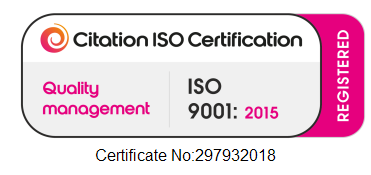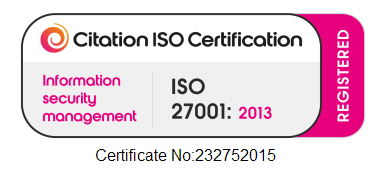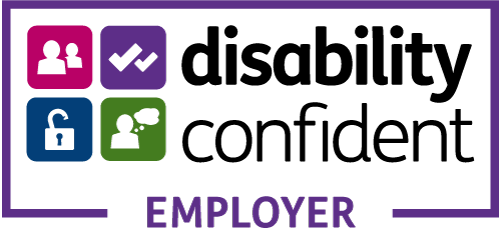

27 Jan 2020
Reducing Sickness Absence: A closer look at the latest NICE guidelines
Having worked within the NHS and private practice as a Specialist Musculoskeletal Physiotherapist, Mr Andrew V. Cuff became the youngest Advanced Physiotherapist Practitioner (APP) in the country, in November 2015. Since then, he has gone on to become the youngest Consultant Physiotherapist in the country and is a member of the National Consultant Group within the Chartered Society of Physiotherapy. It’s just one of the many reasons we’re honoured to have him as a member of our industry-first Clinical Advisory Board.
Following Dr. Dan Bunstone’s article exploring the state of medical education and practice in the UK, Mr Cuff is taking a closer look at the latest NICE guidelines and what this means for reducing absence from work.
It has long been known that Physiotherapy-led return to work programmes lead to improved, more successful return to work outcomes. These usually consist of sensible advice within a biopsychosocial and multidimensional framework, graded exercise and activity alongside modification of duties.
The recently published guidelines from the National Institute for Health and Care Excellence (NICE) on Workplace Health: long term sickness absence and capability to work reinforce this idea and demonstrate what can be done to reduce absence.
What do the NICE guidelines say?
This guidance from NICE provides clear direction and recommendations on how to assist an individual to progress through a successful and sustained return to work. In particular, there is a focus on preventing people undergoing short-term sickness absence progressing to long-term sickness absence; the prevention of multiple episodes of sickness absence related to the same underlying cause; and helping people return to work after long-term sickness.
Why is this important?
It has been shown that people who are off work due to sickness for a period of six-months to one year have a 90% chance of not working again in any job – not just the one they are currently absent from.
We know that working is good for us and our health. Being employed has been associated with multiple positive wellbeing effects - a more positive outlook, lower levels of anxiety and more satisfaction with life. Your risk of early death increases by almost two-thirds when unemployed, so it is clear that there are beneficial effects to the individual, which in turn are scalable both directly and indirectly from a socioeconomic perspective.
With the publication of the NICE guidelines, it’s important we strive to improve on the current state of play. This means maximising opportunities for individuals to return to work, to enhance and benefit from the wellbeing effects and ensure that these are maintained long-term.
Let us know what you think about the NICE guidelines and read more articles from our renowned Clinical Advisory Board by following us on social media - @experts_speed.






